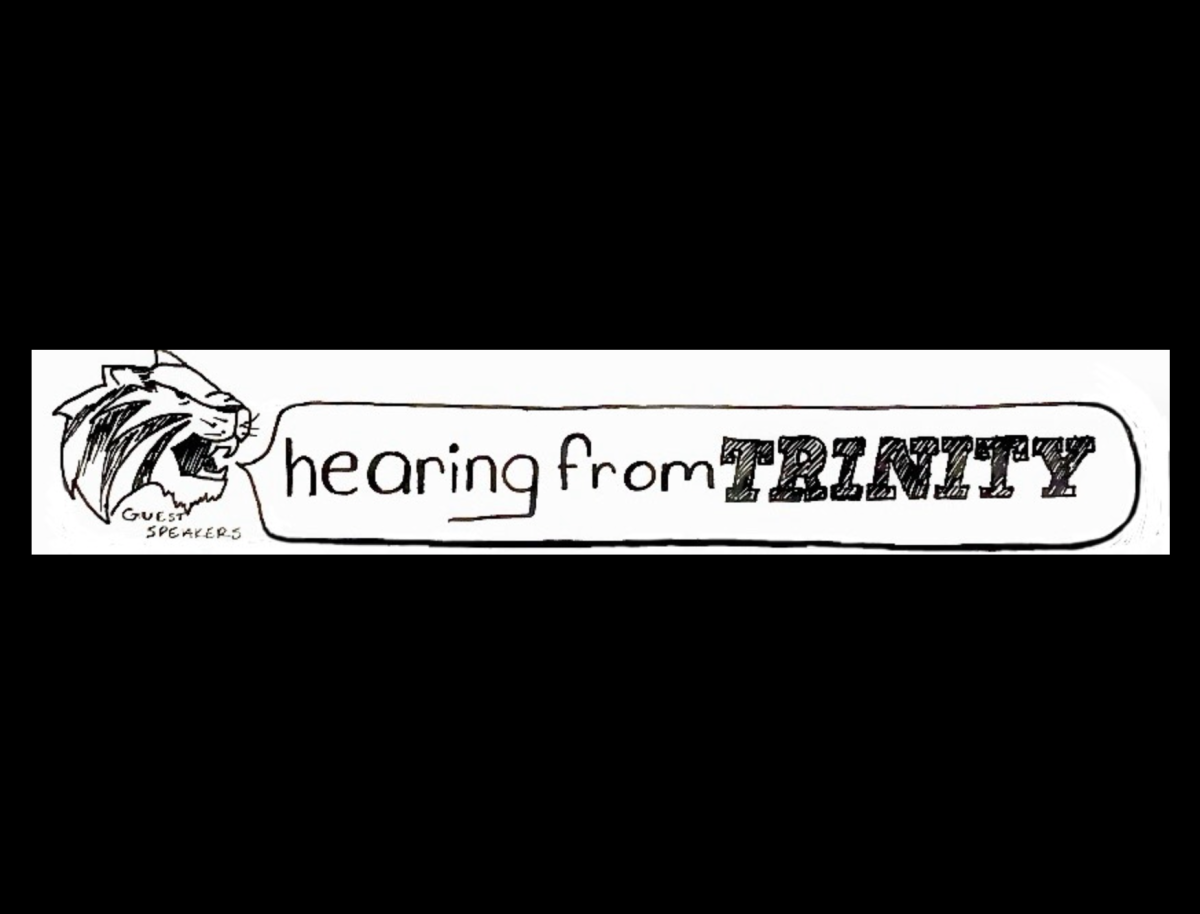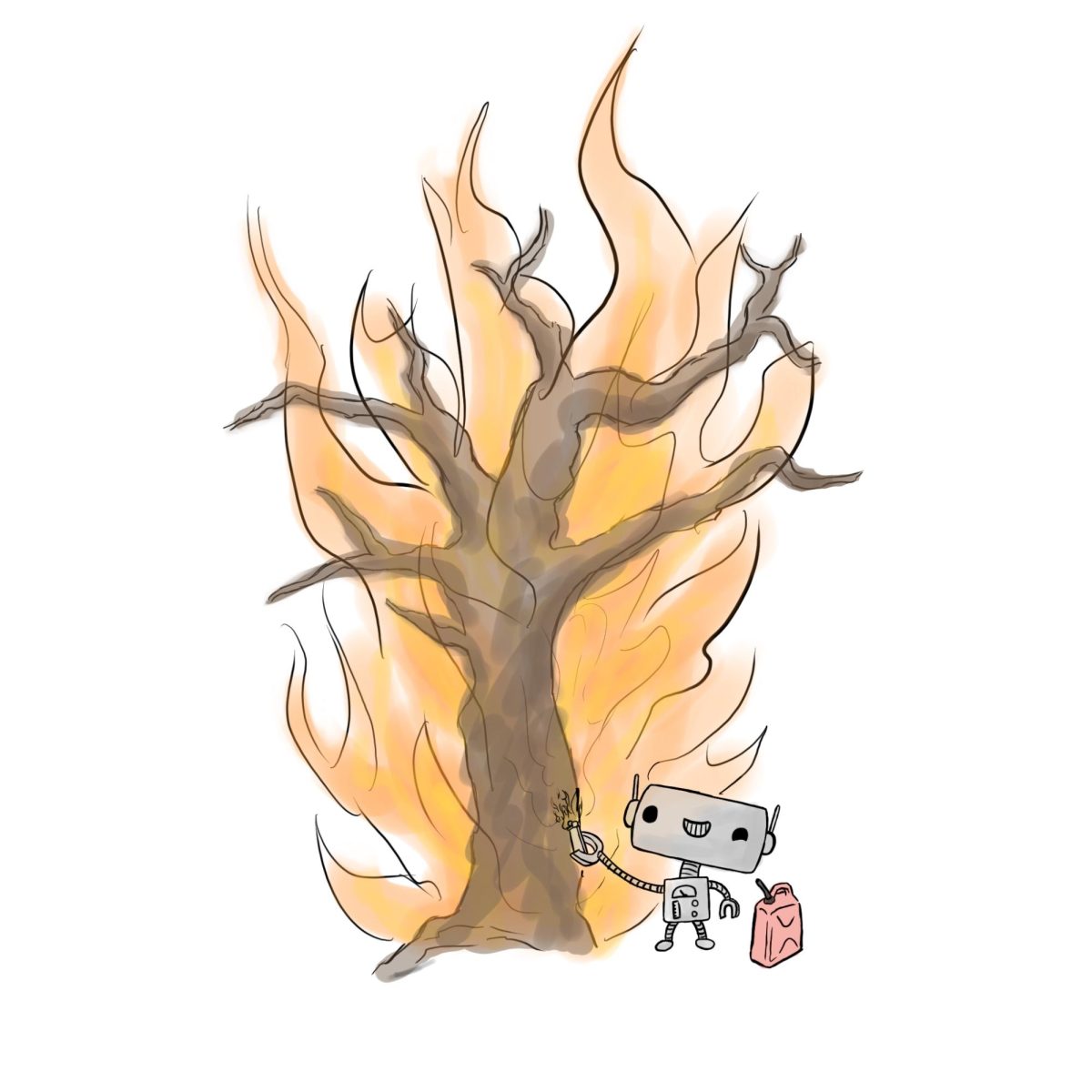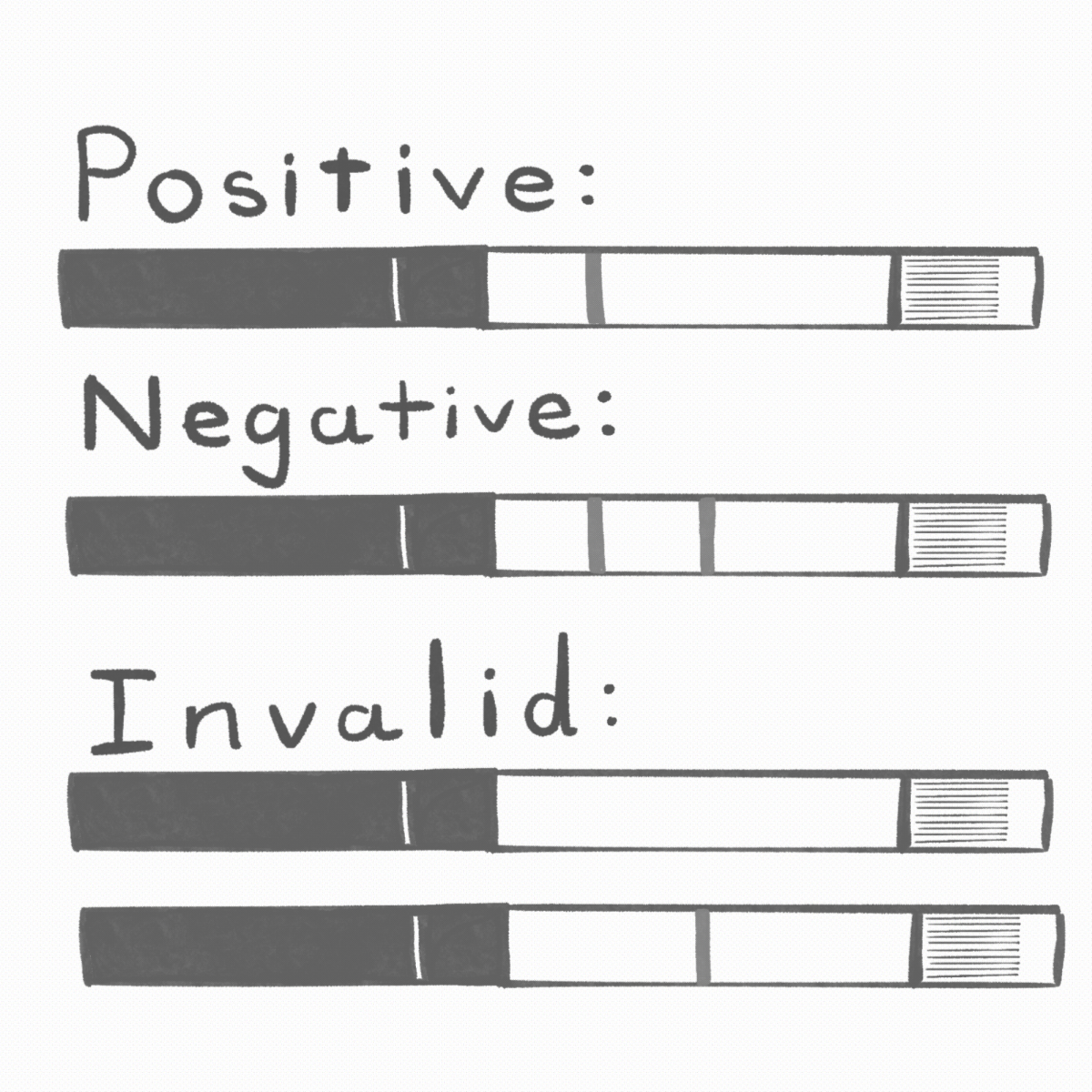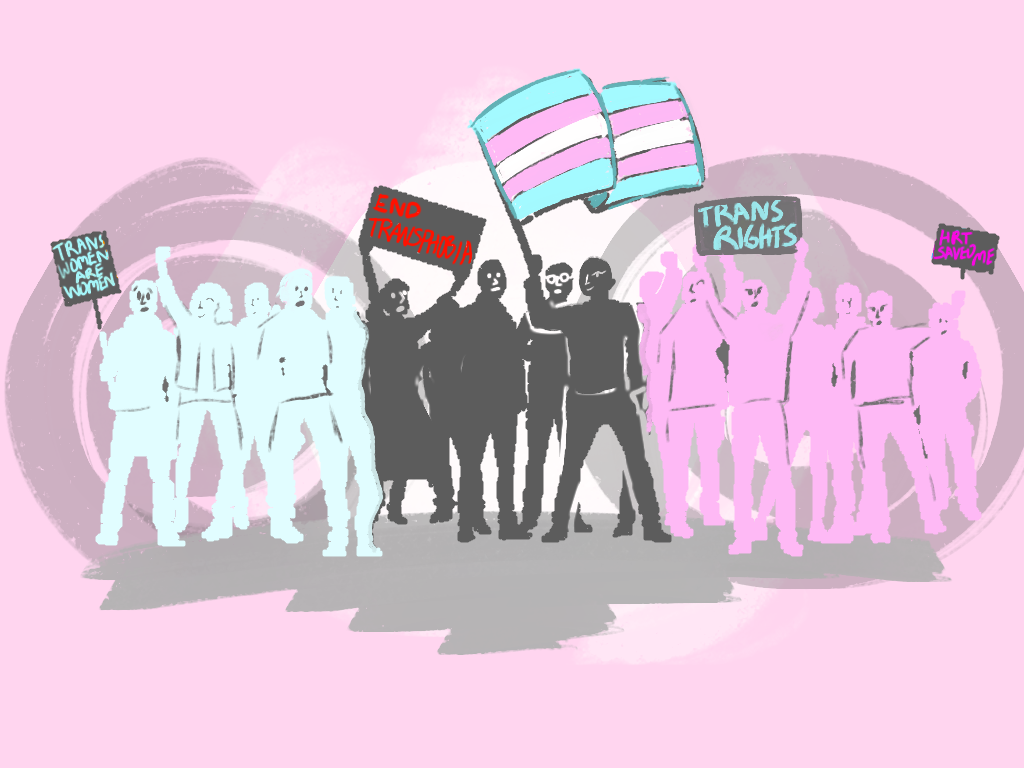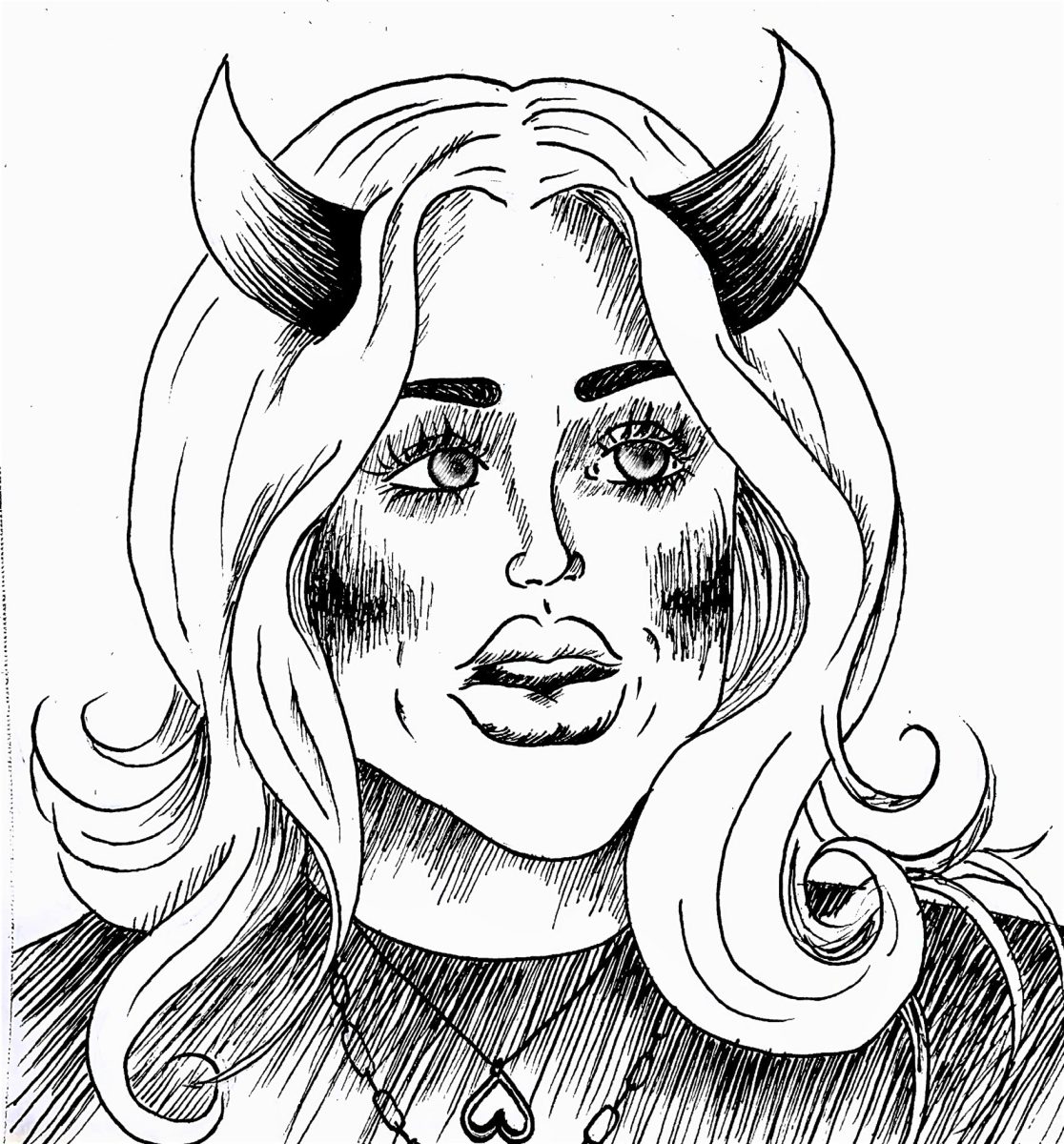He was everything I wanted to be when I grew up. His name isn’t important. Bobby? Jerry? Jimmy? It doesn’t matter. I looked up to him.
Back in ’87, he was a fixture at campus demonstrations against U.S. intervention in Central America. Articulate and ruggedly handsome, he had a way of pushing to the front of the line, seeking out the cameras and directing the action. He burned with righteous indignation about the atrocities unfolding in Central America at the hands of our allies.
One of several activists who ripped train tracks out of the ground at a local naval base in order to stop munitions from reaching Central America, Jimmy was a local celebrity among the student left. His legal troubles only added to the mystique. I fantasized about hanging out with him and plotting strategies for changing the world.
The pedestals upon which we place our heroes never bear the weight.
In 1988, I joined tens of thousands of peace activists in a non-violent march through the streets of San Francisco. Our movement was finally gaining attention. I had paused to rest near the old Bank of America building on Market Street when I noticed that a handful of demonstrators had split off from the crowd. Their faces were obscured with scarves “” a sort of radical chic that was fashionable among student activists “” but I recognized the muffled voice of the group’s leader. It was Jimmy. He and his friends were digging through bottles and bricks that they had hidden behind a trash can. As they filled their pockets, I realized that they planned to attack the bank.
Before I knew what was happening, I rushed up to the group and challenged my hero. I reminded him that this was a peaceful protest. I realized that the global banking system was complicit in U.S. foreign policy, but this was a terrible strategy. If they started breaking windows, they would discredit the tens of thousands of nonviolent activists who were armed only with a message of peace. The broken glass is all that anyone would be talking about the following day.
“Shut up, kid,” he growled. He and his friends surrounded me, moving ever closer. “Get out of here or we’ll beat the shit out of you.” Paralyzed by cognitive dissonance, living out a scene that was the exact opposite of my fantasies, it occurred to me that one should probably avoid confronting a group of angry people with weapons in their hands.
Thankfully, Patty came to my aid. She was a physically imposing woman. Fully in the throes of her Sinead O’ Connor phase, she wore spiked blonde hair, a Ramones-style leather jacket and actual combat boots. Jimmy took a step back. A middle child from a family of seven siblings, Patty scolded Jimmy and his friends with the furious tone that an older sibling might direct toward a child who had been very bad. “You ought to be ashamed of yourselves,” she yelled. I don’t remember the rest of what she said, but I do remember Jimmy wilting in the face of her onslaught. Glancing nervously at the crowd of onlookers, he and his crew melted back into the crowd. The confrontation was over.
* * * * * * * * * * * * *
He was the last thing I wanted to be when I grew up. For one thing, he was super old. At least 50. And he was boring. His name is important. He was Professor William K. Muir, and he was the chair of the department of political science. Those who knew him called him “Sandy.”
I approached his office with trepidation, clutching a tattered form in my hand. The university had a program in place that allowed undergraduates to design and teach college courses for three hours of pass/fail credit. I had convinced my friends to help me develop a course on propaganda, but we needed Professor Muir’s signature. Unfortunately, he was a notorious Republican who had served as a speechwriter for Vice President Bush. My chances seemed slim.
Much to my surprise, Professor Muir greeted me warmly and sat down to discuss the course. Clearly sharing my enthusiasm for the topic of propaganda, he asked to review the syllabus. He read every word, correcting a few typos (as teachers do) and adding notes in the margins. Handing the syllabus back to me, he gently observed that all of the course readings seemed to share the same political point of view. As he signed the form, he recommended (but did not require) that I consider incorporating at least one or two readings from conservative propaganda critics. He jotted down the names of a few good sources and allowed me to borrow a rare book on propaganda that had been published shortly after the second world war. This was the book that had stimulated his own interest in propaganda; he wanted me to read it.
This was the only conversation that we ever had “” he died last year “” and I think about it often. Professor Muir could have come up with any excuse to avoid signing the form, but the thought never occurred to him.
On most political issues, I agreed with ruggedly handsome Jimmy. We were supposed to be on the same side, but we weren’t. He was a bitter human being who channeled indignation into rage. He practiced the politics of anger. His way was a dead-end.
On most political issues, I disagreed with Professor Muir. He was supposed to be the enemy, except he wasn’t. He practiced the politics of empathy and compassion, and he understood that these things transcended all of the other differences. As I face my rapidly approaching middle years “” and as I glance at the spine of the book that I never returned “” I know that Sandy Muir is one of the people I want to be when I grow up.
Some things are more important than politics.


